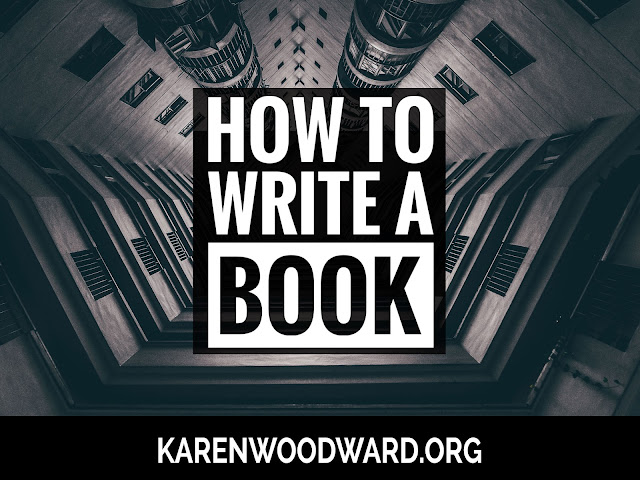The question I’ve been asked more than any other is, “How can I write a book?” Here's my attempt at an answer. Please keep in mind this is just ONE WAY to write a book not the only way.
How to write a book
Neil Gaiman once said—and I’m paraphrasing—that each time he writes a book it’s a different process. I think there’s a lot of truth to that. Each book is different, each book presents its own challenges and its own rewards. But if you’ve never written a book and would like to take a peek at how I TRY to do it, read on.
1. Write a Zero Draft
You’ve heard of discovery writers. A discover writer doesn’t have preconceived notions about the content or shape of their story (though they may have an idea, or a few ideas). They write by the seat of their pants, discovering where the story takes them.
(For more about what a Zero Draft is see: The Zero Draft: How To Beat Writer’s Block.)
My Zero Drafts are strange amalgams of discovery writing and conscious plotting, heavy on the discovery. (If you’re curious about how I go about getting ahold of a character, see my posts Let's Make a Detective! and Let's Create a Sidekick!.)
That said, when I’m in discovery mode, I try not to consciously think too much about the structure of my story; I brainstorm.
But everyone’s different. Some folks like to dictate their ideas, their musings, into a recorder (if you don’t want to buy a voice recorder there are some decent apps—Android; Apple—that do basically the same thing).
Free writing. After you've practiced free writing for a while you'll get a feel for what works best for you. Myself, I find it works best if I put on my favorite tunes, curl up in my office chair with my writing journal and write longhand.
1a. Do not censor yourself.
Some folks refer to the Zero Draft as a ‘vomit draft.’ Gross, right? But that’s what it’s supposed to be! The Zero Draft is a safe place. Don’t censor yourself, don’t question your ideas, write them down. Remember, no one but you is EVER going to see your Zero Draft.
1b. Ideas, not words.
In a Zero Draft it isn’t the words that's important, it's the IDEAS.
After all, YOU have to discover the story before anything you write will make sense. You have to call the events of the story, as well as the characters, to life within you. If you haven't gotten ahold of the ideas how can anything you write evoke them? At least, that’s my take on it!
I find that the act of writing often works as a kind of invocation. And, ultimately, I think that’s what a zero draft is. It's an invitation to your characters to come to life and do interesting, scandalous, things in the settings, the playgrounds, you create for them.
1c. How long should your Zero Draft be?
The Zero Draft can be any length you like, regardless of how long you want your finished manuscript to be.
As I said, above, the purpose of the rough draft is to call your story into existence, to form that first connection with it. Here’s what I’ve found:
The shorter your Zero Draft is the better.
The Zero Draft will be a bit of a mess (after all, it is a vomit draft!) so short is good; less mess to wade through. Also, keep in mind that the Zero Draft is just a beginning. Your understanding of your characters, your understanding of your overall story, will change over time. Your names for them will change, their desires will change, their childhood peccadilloes will change, their connections to other characters will change.
Next Post: In my next post in this series I'll talk about creating a story outline. Stay tuned!
Every post I pick something I believe in and recommend it. This serves two purposes. I want to share what I like with you, and, if you click the link and buy anything over at Amazon within the next 24 hours, they put a few cents in my tip jar at no cost to you. So, if you click the link, thank you! If not, that’s okay too. I’m thrilled and honored you’ve visited my blog and read my post.


No comments:
Post a Comment
Because of the number of bots leaving spam I had to prevent anonymous posting. My apologies. I do appreciate each and every comment.